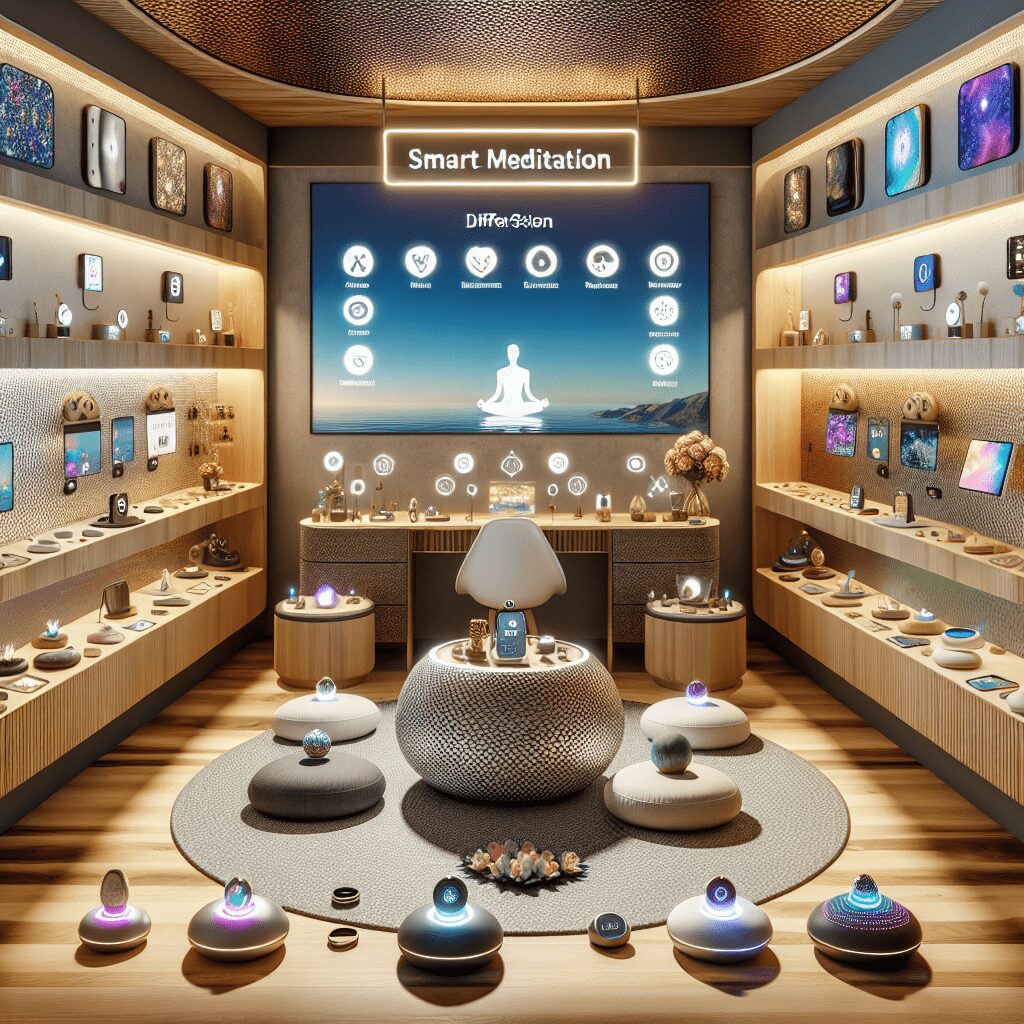
Prioritize your mental well-being daily. Enhance your life by nurturing your mental health with the Smart Meditation app. Break free from stress, alleviate anxiety, and enhance your sleep quality starting today.
How Long After Eating To Meditate?
The Perfect Timing: Balancing Mealtime and Meditation
In the bustling rhythm of our daily lives, finding the sweet spot for meditation amidst work, family commitments, and mealtimes can often feel like solving a Rubik’s Cube. But fear not, for the art and science of timing your meditation post-meal is not as complex as it appears. Let’s unwrap this enigma together, shall we?
Understanding Your Body’s Digestive Symphony
First things first, let’s talk turkey—quite literally, about how your body processes the fuel you give it. When you eat, your body diverts a significant amount of blood flow to your stomach and intestines to aid in the Herculean task of digestion. It’s like all hands on deck, with the body focusing on breaking down your meal into nutrients it can use. Now, if you try meditating right after eating, when your bodily orchestra is in full swing, you might find it harder to concentrate. You could feel sluggish, or even a tad drowsy. Certainly not the ideal state for achieving zen or tapping into your inner peace!
So, here’s the million-dollar question: how long should you wait after devouring that scrumptious meal before settling down to meditate? The consensus among wellness gurus and health aficionados is to give it a pause—a pause that ideally spans 1.5 to 2 hours. This allows your body sufficient time to transition from digesting to being ready to dive deep into a peaceful meditation session.
Why Wait? The Benefits Unpacked
-
Optimum Energy Levels: Waiting a bit ensures you’re not lethargic during meditation, which can happen if your body is still heavily invested in digestion.
-
Enhanced Focus: With digestion well underway, your mind isn’t clouded by the physiological processes of breaking down food. This clarity is your ticket to a more focused and profound meditative experience.
-
Comfort is Key: Ever tried to meditate on a full stomach? It’s about as comfy as a bed of nails. Giving yourself that 1.5 to 2-hour buffer means you avoid the pitfalls of bloating or gastric discomfort. After all, serenity stems from comfort.
Tailoring Your Timeline
Life, however, is not a one-size-fits-all scenario. If your meal was more of a light snack than a feast—think a smoothie over a steak—you might be able to trim down the waiting time. The lighter the meal, the quicker your body can get to the “ready for meditation” state. Conversely, if you’ve just attended a Thanksgiving dinner, you might want to extend that waiting period a tad longer than 2 hours, ensuring your body’s not still in the throes of digestion.
Ultimately, the key lies in listening to your body’s cues. If you’re feeling drowsy or uncomfortably full, it’s worth it to hit the pause button and wait a bit longer. On the flip side, if you’re feeling alert and at ease, you might be ready to roll out that meditation mat sooner.
Conclusion
Integrating mealtimes with your meditation schedule need not be a cause for consternation. By tuning into your body’s rhythm and giving it the grace period it needs to digest, you set the stage for a meditation session that’s as enriching as it is enlightening. So, go ahead, savor your meal, and then savor the tranquility that follows. After all, meditation is not just about timing—it’s about transforming time into an ally on your journey to inner peace.





